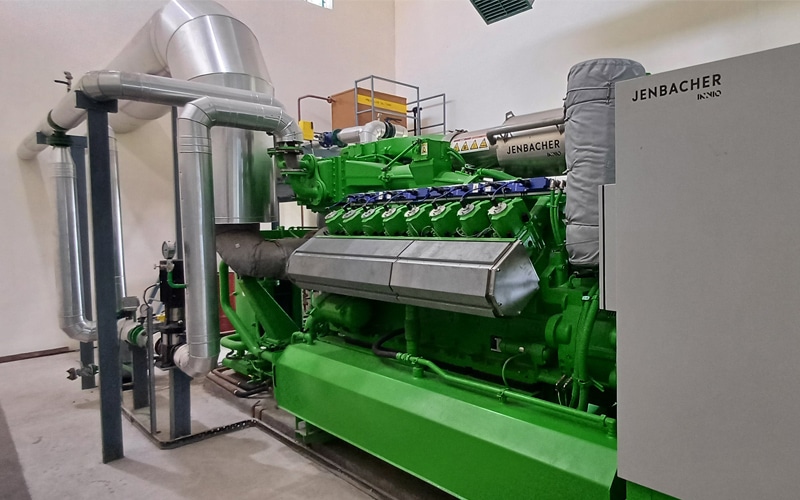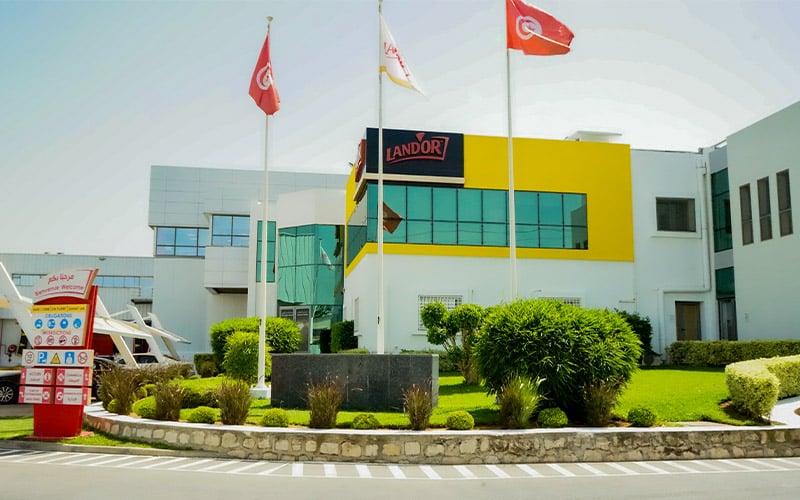Carbon dioxide can be removed both from fuel gases, such as biogas, that contains 50-70% CO2. Removal from the biogas is called biogas upgrading. Carbon dioxide can also be scrubbed from the exhaust of a gas engine.
When methane is used as a fuel in a gas engine it is burnt and converted to carbon dioxide and other trace elements. This carbon dioxide is released as a hot gas in the gas engine exhaust.
The recovery of this gas, also called carbon capture, opens the potential of its utilization for beneficial purposes including:
- Carbon sequestration to negate or reduce carbon emissions
- As a growth promoter in plants – See greenhouse cogeneration
- As an ingredient in drinks – See quadgeneration
- As a gas in industrial processes – See quadgeneration
Although the utilization of gas is one of the cleanest types of fuel during combustion there are some trace contaminants in the raw exhaust which would make it unsuitable for the above applications. Typically, selective catalysts can be utilized in order to remove different contaminants from the raw exhaust gas. In order to concentrate and recover cleaned carbon dioxide different systems are required such as absorption-based fluids and technologies such as pressure swing absorption. Please contact your local Clarke Energy office to discuss your requirements in more depth.




